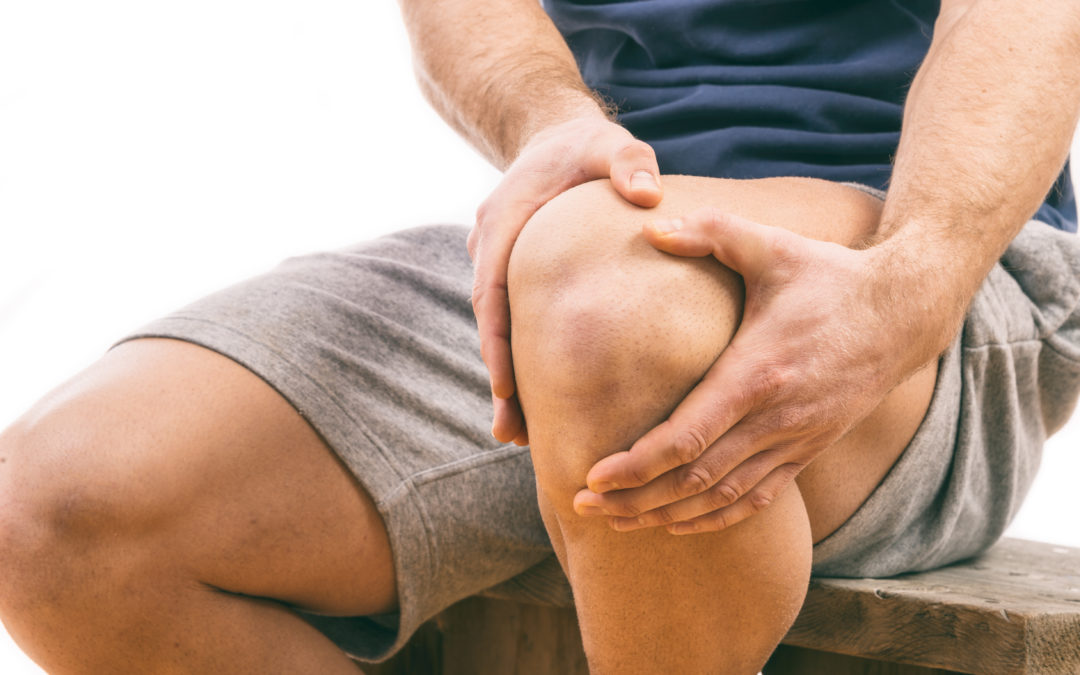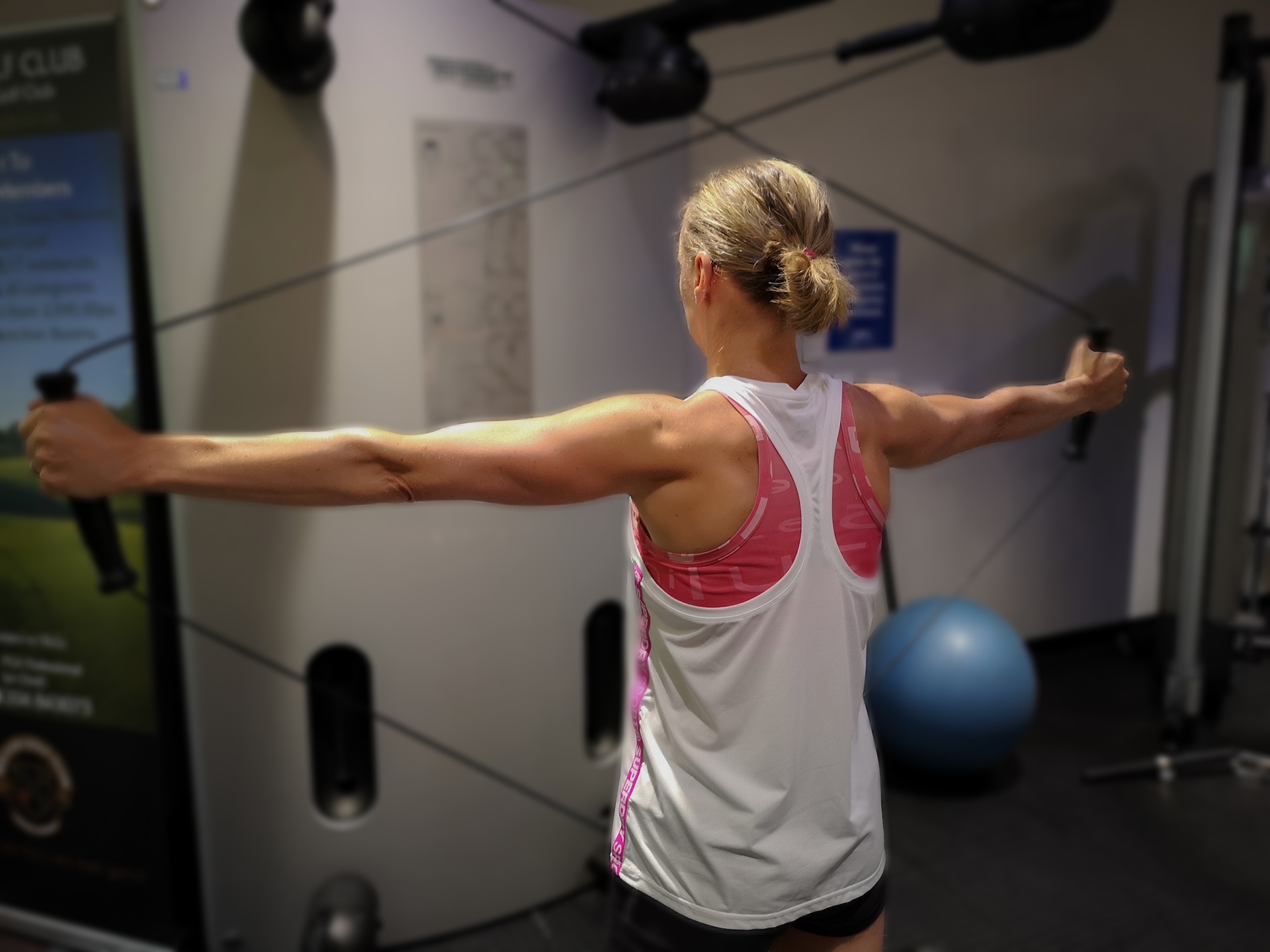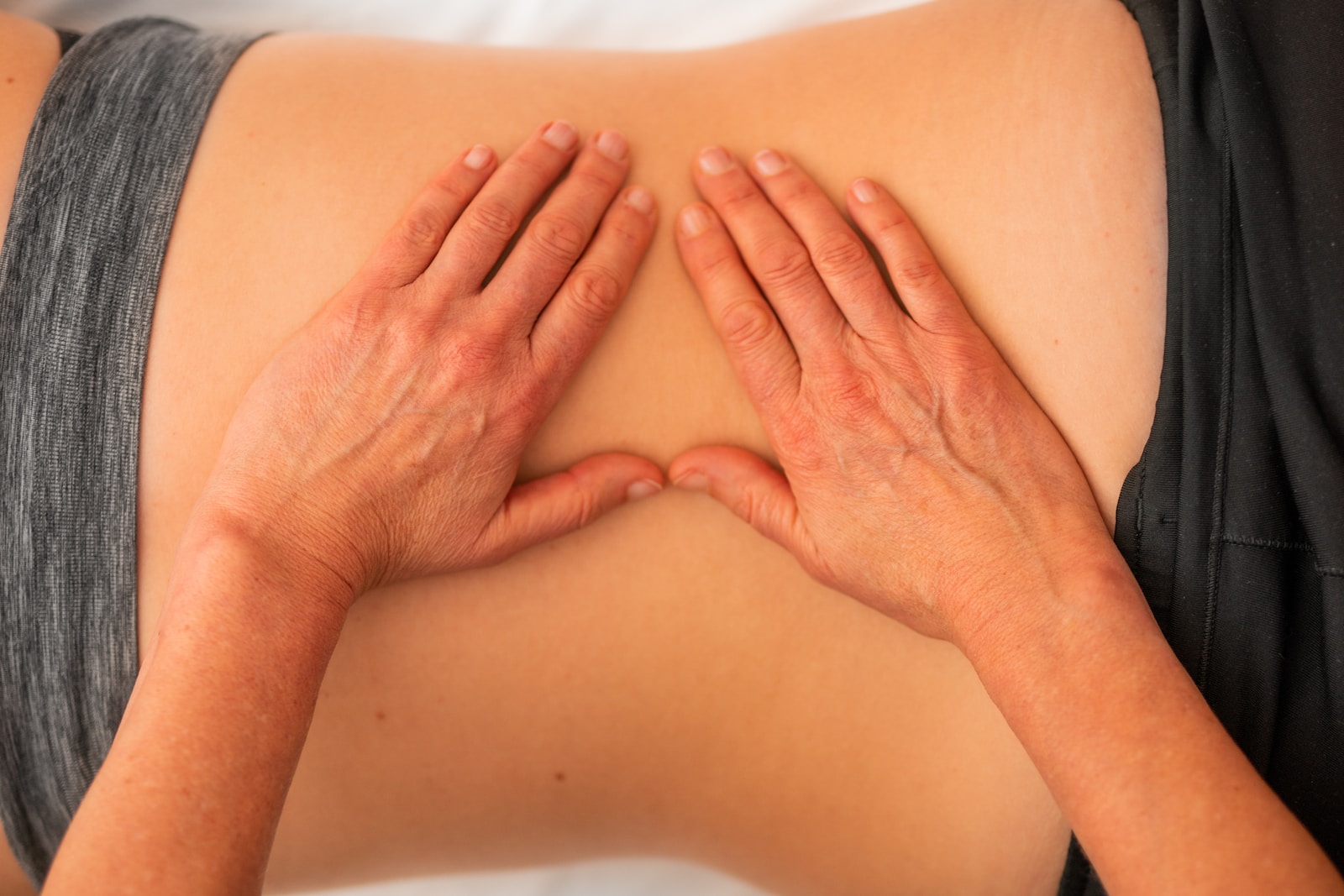What are tendons and what do they do?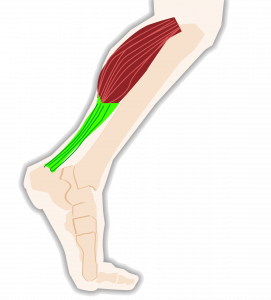
Simply put, tendons are the structures that connect muscles to bones. Tendons vary in thickness and length depending on their job and the person that they’re attached to. The job of a tendon also differs throughout the body and knowledge of their role is important in how we train them. It’s also important if something goes wrong and we develop tendon pain.
Larger tendons in the lower body like the Achilles (above the heel) and Patellar (below the kneecap) are involved in the storing and releasing of energy as we run and jump. Using running as an example, when our foot strikes the floor, energy is absorbed by the Achilles tendon are then released as we push off, propelling us down the road.
Some tendons play more of a supporting role and stabilise our joints as we move. Rather than storing and releasing energy, they work in the background to create a solid platform for the larger muscles to produce movement. An example of this would be the gluteal tendons at the hip.
What causes tendon problems? 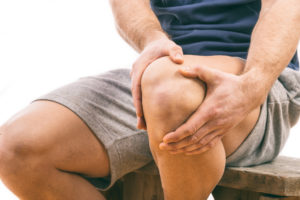
Tendons like to be loaded. This means that healthy tendons respond to our exercise activity and become stronger, thicker and more robust over time. However, if tendons are exposed to too much force or activity, or not given enough time to recover between exercise sessions, the normal healing process is disturbed and the tendon can start to complain. This ‘overuse’ pattern is the most common cause of tendon pain that we see at Summit.
There are many different sub-groups of tendon pain (I’m sure we’ve all heard the traditional terms such as ‘tendinitis’ and ‘tendinosis’); however, we currently use the word ‘tendinopathy’ as a bit of an umbrella term to avoid getting stuck in the scientific mud. This term covers most of the ‘overuse’ tendon pain that we see in clinic and keeps things simple.
Where in the body does tendon pain occur?
Strictly speaking, almost any tendon in the body could get irritated and send uncomfortable signals up to the brain. However, the areas that are most commonly affected are usually the ones that deal with the biggest forces. To keep things simple, we’ll focus on the lower body in today’s post.
As we touched on earlier, some of the most common areas for tendon pain are above the heel (Achilles), below the kneecap (Patella), above the kneecap (Quadriceps) and on the outside of the hip (Gluteal). We’ve discussed some of the jobs a tendon might do above, which also gives us as a clue as to how they might get overloaded. For example, in a storage and release tendon like the Achilles, activities such as running and jumping are common culprits if we make some mistakes with our load.
What can I do about tendon pain?
Activity management
When a tendon starts to grumble, the next steps can be the difference between recovery and a worsening picture. If we continue to exercise in the same way and the tendon can’t adapt fast enough, further disruption occurs and the tendon can start to lose some of its integrity.
But here’s the catch-22….
Because tendons get stronger in response to load, complete rest also isn’t recommended. Although the pain might decrease initially, the lack of activity can cause the tendon to lose ‘fitness’, meaning it’s then less capable of doing the activities we want to do. When we then try to go back and return to training, tendon pain can return with a vengeance. Finding this balance is key, so working with a member of the Summit team can help to guide you in the right direction.
Strength and Conditioning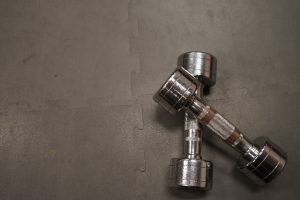
Tendons have to deal with big forces. To use the Achilles as an example, the force through the tendon can exceed four-times our bodyweight when we run! When we have a tendon problem, we can improve the picture by adding some strength and robustness to make the tendon more capable of handling these big forces. This process needs to be progressive and take into account the tendon’s job but can easily be inserted into a good rehab program without taking up too much training time.
Shockwave Therapy 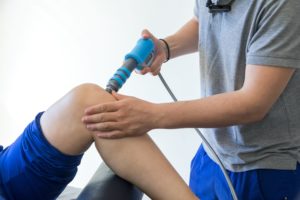
If tendon pain is disrupting day-to-day activities and becoming a barrier to exercise, shockwave therapy can help to change the sensitivity and get us moving again. If the tendon has been grumbly for a while, shockwave can provide a window of opportunity for us to make positive changes and create a better environment for tendon recovery. Click here to read more about shockwave and its potential benefits.
Do you think you might be suffering from tendon pain? If so, click here to speak to a member of the Summit team and get you back on track!
Before you go….
Did you see last week’s blog about neck and back pain when working from home? Click here to download your FREE Working from Home exercise program today!
